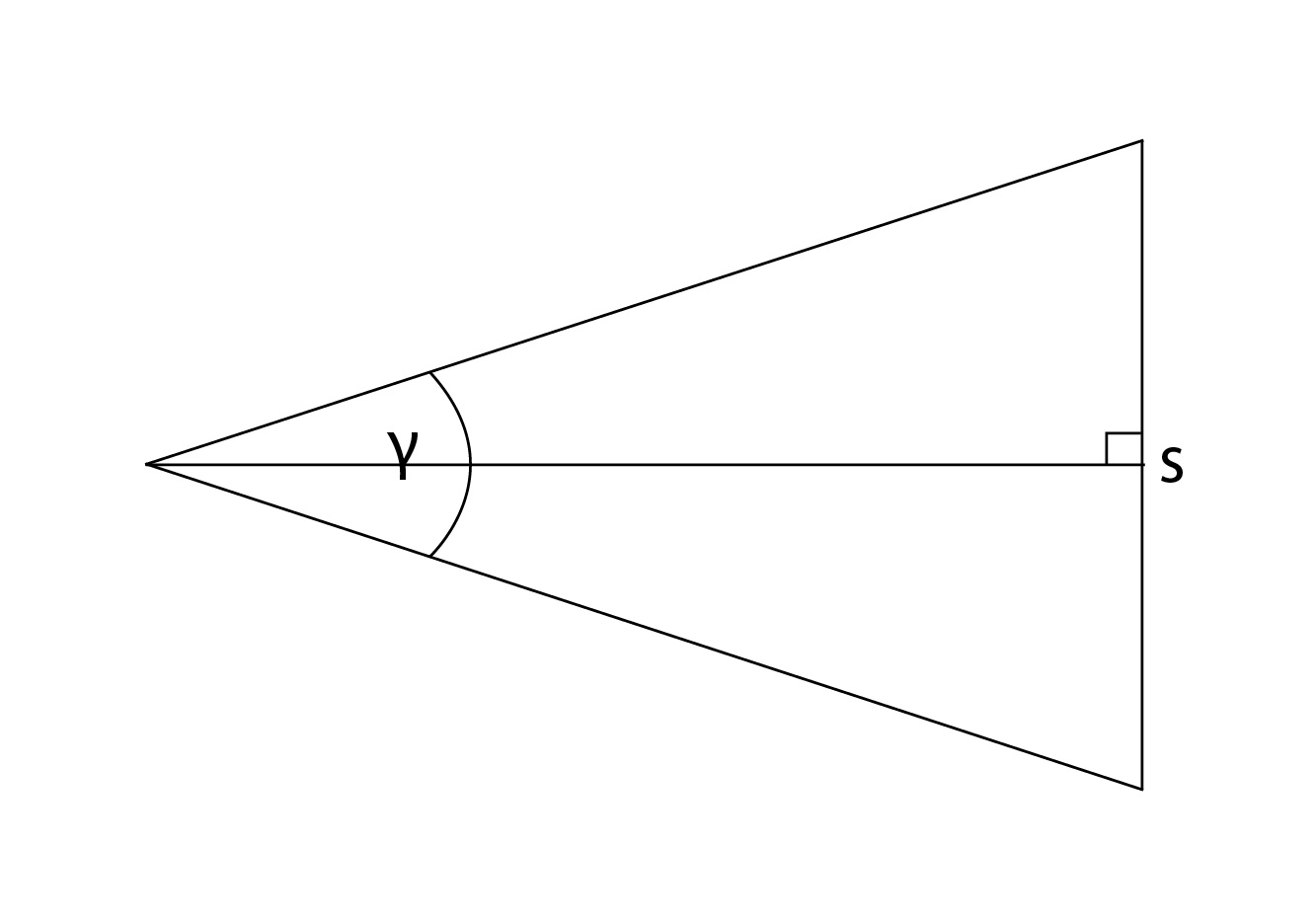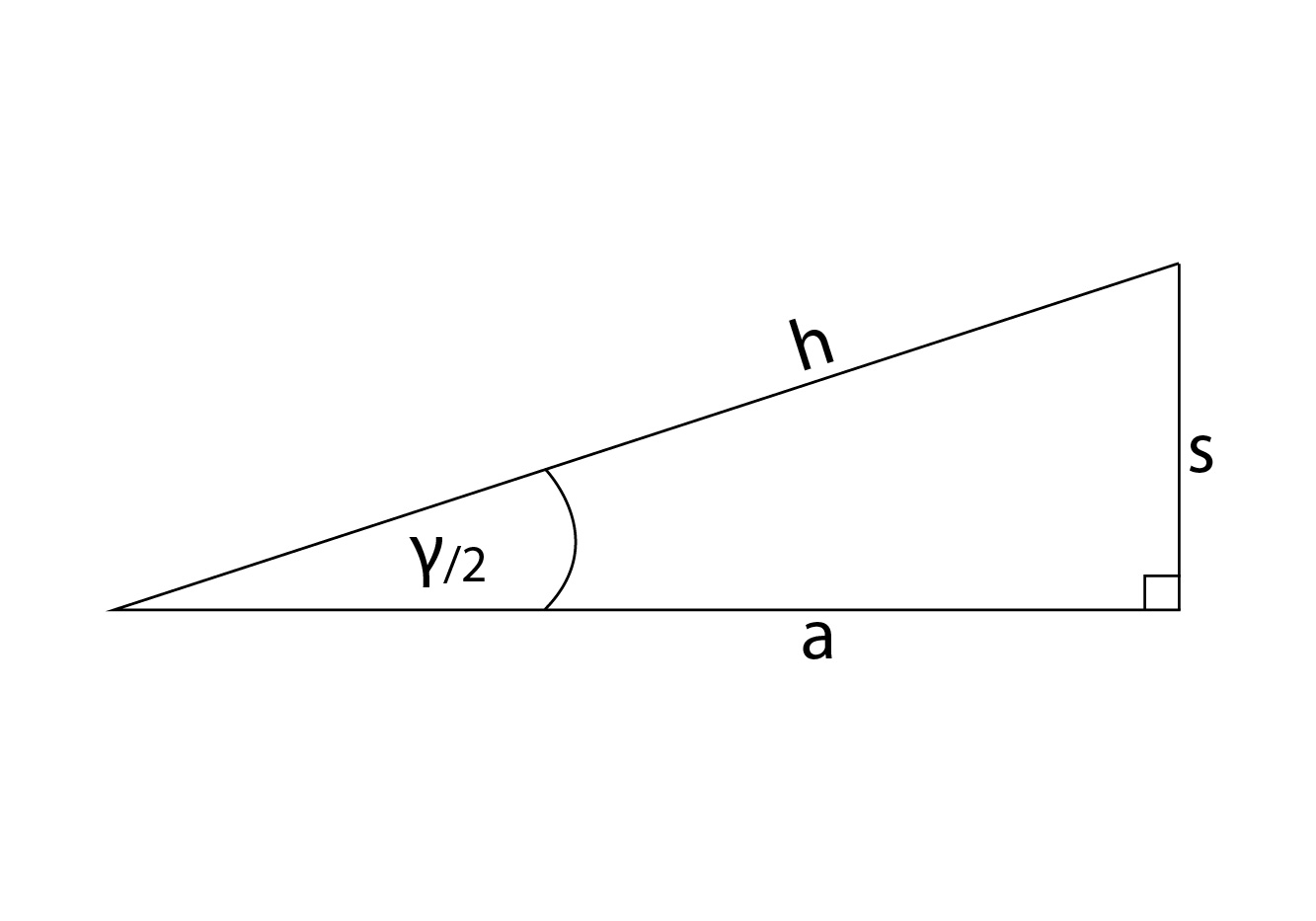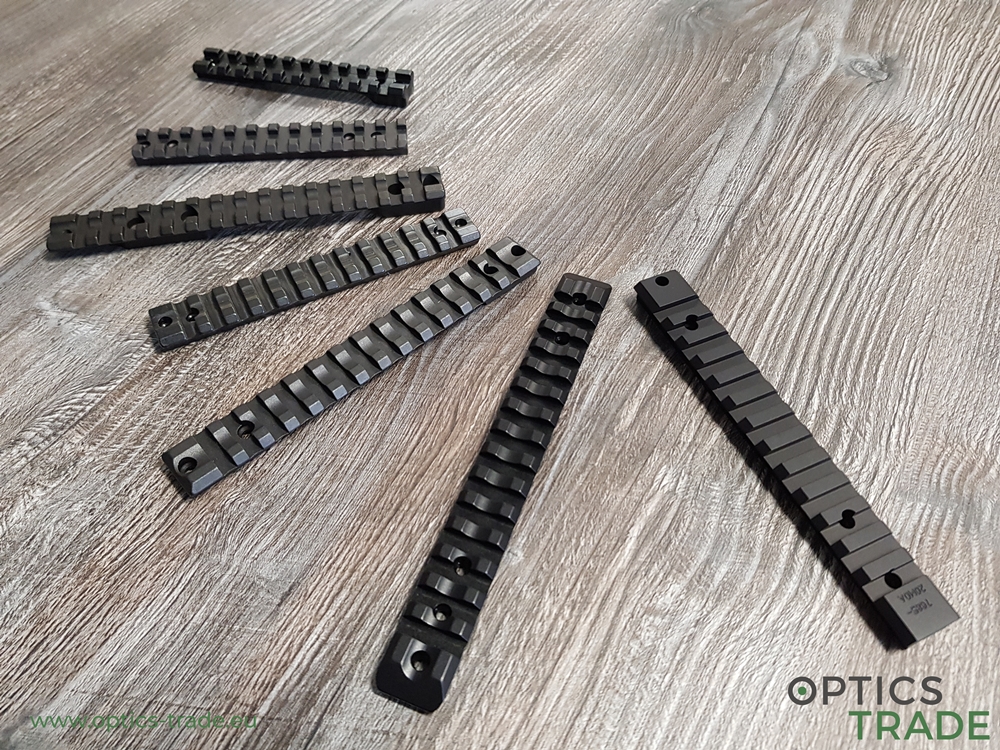What is field of view in binoculars?
Field of view is the measured area of the scene a person sees when looking through the binoculars. It depends on the build of the eyepiece, thickness of the lenses and it is also affected by magnification. Field of view can be expressed in multiple measurements. Measurements in yards, feet, and meters are called the linear field of view. Besides the linear field of view, there is also an angular field of view where the field of view is provided in angular degrees.
If the angle is high this means that the field of view is wide – the higher the angle, the wider the field of view. I wrote this article because I wanted to show you how to convert linear FOV to angular FOV and the other way around.
This article will help you if FOV is expressed in meters or yards and you want it to be in degrees. Most manufacturers already state how much is the angle of view on their optical devices. If you are still not certain what is the size of the angle on your binocular, here are some methods how to calculate it.

Calculation from linear FOV to angular FOV
There are two methods to calculate the angle of view. You can use a triangle calculation or a segment of a circle. There is a difference in the distance line between both methods. The triangle method uses the length of a chord while a segment of a circle uses curved boundary length (circular arc) for calculation.
I started to write this article because I wanted to find out if there is any difference in angle value when using different calculation methods.

A chord is a distance line whose endpoints both lie on the circle.
Arc length is the distance between two points along a section of a curve.
Triangle calculation
Triangle calculation involves applying trigonometry to calculate the angle of view. There are two different possibilities to calculate the angle.
Right triangle
The first possibility uses a triangle with a peak at the lens and the base at the field of view. Before we start to make any calculations, we must divide the triangle into two right triangles.


h- hypotenuse
a- adjacent to angle γ
o- opposite to angle γ
γ- the angle of view
-
First, we calculate the value of cathetus o (opposed to angle γ). We use the field of view value.
Example:
FOV = 125m/1000m

-
The value of hypotenuse (h) also depends on a field of view value. With riflescopes, the hypotenuse is set at 100m because the field of view is being measured at 100m. With binoculars, spotting scopes, and other optical devices the field of view is measured at 1000m, so the hypotenuse is also 1000m.
![]()
-
Then we calculate the value of cathetus an (adjacent to angle γ) using the equation below (Pythagorean theorem:

Example:
FOV: 125m/1000m

-
After we calculate the length of all three sides of a right triangle then we can use trigonometry to calculate the angle γ.

Example:
FOV: 125m/1000m

Isosceles triangle
If we use the second method, there is no need to divide the triangle. The law of cosines is used for calculating the angles of a triangle if we know all three sides (as it is in our case).
For calculation, we use the same triangle as we did in the first case, with a peak at the lens and the base at the field of view.

-
The value of sides h1 and h2 is the same as the value of hypotenuse at the first method.
Example:
FOV = 125m/1000m

-
For the value of side s, we use 125m.

-
To calculate the angle γ using the law of cosines we use the equation below.

Example:
FOV: 125m/1000m


Although we used two different triangle methods to calculate the angle, the results are the same. This means that it is not important which triangle method we use. If you want to calculate the angle of view for your binoculars with the triangle calculation you can use the method that you prefer best.
A segment of a circle
The segment of a circle is a totally different method to calculate the angle. For calculations, we don’t use a linear chord but a circular arc.

s – circular arc length
h – distance, the radius of a circle
γ – the angle of view
- To calculate the angle, we need an equation for the arc length:

- From an arc length equation, we can calculate γ angle:
Example:
FOV: 125m/1000m
s = 125m
h=1000m

Results
We can see that there are some differences between both calculation methods. With the triangle method, the angle γ in both cases is 7.1666°. This means that it doesn’t matter which triangle method we use to calculate the angle.
With the segment method, the angle is different, 7.1619°. Both methods provide pretty similar answers, but if we change the FOV from 125m/1000m to 140m/1000m we can see that the difference in angle increases. If the FOV is 125m/1000m the difference in angle between triangle and a segment of a circle method is 4.7*10-3. If FOV is 140m/1000m the difference in angle increases to 6.5*10-3.
As the FOV increases the segment method is more accurate. I also think that the segment method is easier to calculate than both triangle methods. The segment method is easier to use because there is no trigonometry in its calculations.
Calculation from angular FOV to linear FOV
n order to convert the field of view expressed in degrees to meters we can use the same two methods as we did in the first chapter. The only difference is that instead of an angle γ we need to calculate the chord/arc length value.
Triangle calculation
If we decide to use a triangle method we need to calculate the value of a linear chord (s).
Right triangle
With the right-triangle method, we use the same triangle as we did in the first chapter with a peak at the lens and the base at the field of view. We divide the triangle into two right triangles.
Example:
FOV = 7.0 °
h = 1000m
-
First, we calculate the value of cathetus o (opposed to angle γ). We use a trigonometric function below:

-
Now we use the equation from the first chapter so we can calculate the side s of a triangle:

Isosceles triangle
With this method, we don’t have to divide the triangle. We use the law of cosines to calculate the sides of a triangle.
Example:
FOV = 7 °
h = 1000m
-
First, we need the law of cosines equation:

-
We calculate side s using the equation below:

A segment of a circle
With this method, we don’t calculate a linear chord but a circular arc.
Example:
FOV = 7 °
h = 1000m
-
to calculate the arc length we just need a simple equation:

Results
When we look at the results we can see that there are some differences between calculation methods. When we used the triangle method the linear FOV in both cases is 122.09707m. This means that it doesn’t matter which triangle method we use to calculate the linear FOV. When we calculate FOV with a segment method we got a bit different result, 122.17304m. I think that the segment method is easier to calculate than the triangle method.
If you wish to calculate the FOV for your binocular with any of these methods there is an Excel file attached. In the file, there are formulas for all three methods.





Thank you for your this article on FOV. As an aside, adding the .xlsx makes up for not mentioning apparent FOV, AFOV.
I like your academic approach.
Yet I would prefer defining the Object Distance along the optical axis rather than the hypotenuse. What do you think? The object´s position is on the chord, not on the virtual arc.